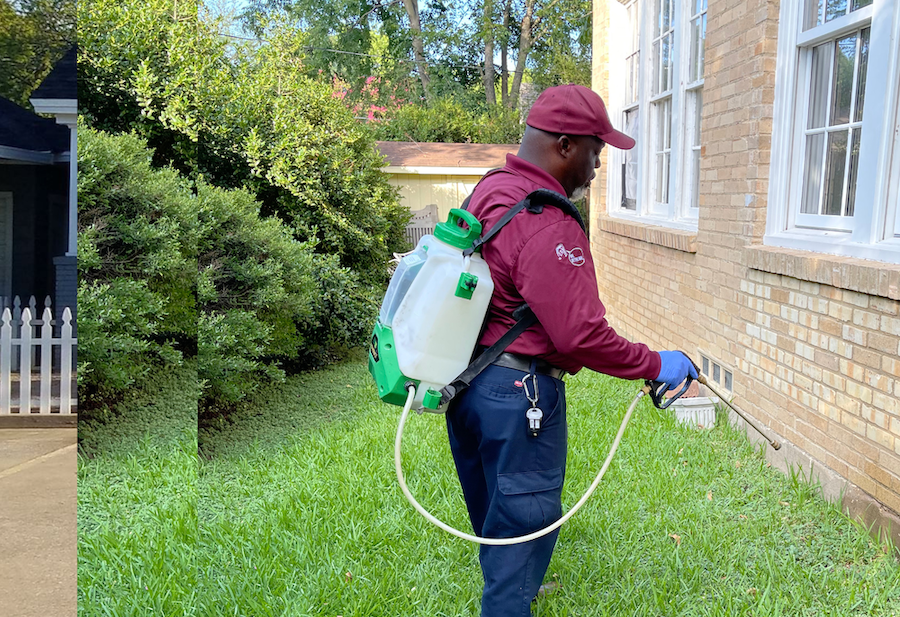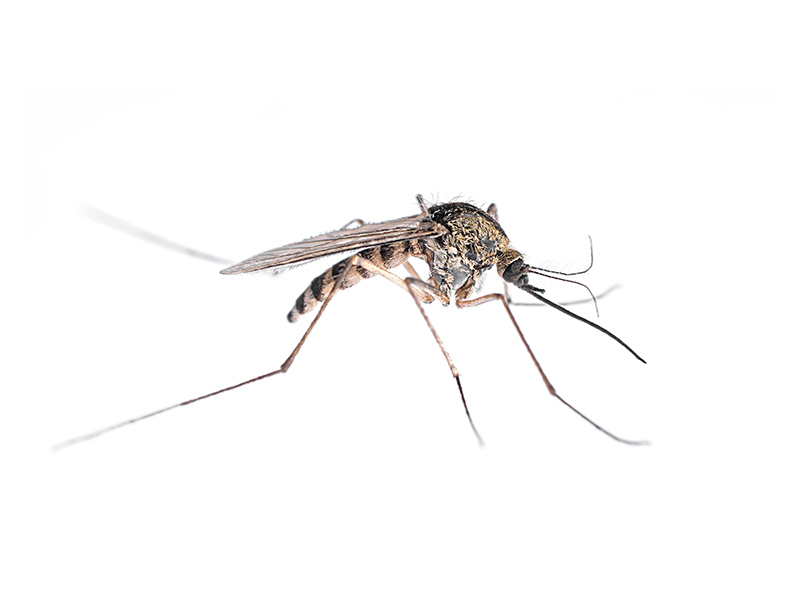Get rid of pests with professional Pest Control extermination today.
Eco-Friendly Insect Control Approaches for Handling Wildlife in Urban Locations
Urban areas frequently find themselves at the crossway of human task and wild animals, leading to special challenges in bug management. These techniques not only shield the setting yet also enhance community interaction in wild animals monitoring. As metropolitan populaces proceed to grow, recognizing the characteristics of wildlife communications comes to be increasingly critical.
Comprehending Urban Wildlife Dynamics
Recognizing Urban Wild animals Characteristics is important for establishing reliable and environmentally friendly insect control approaches. Urban locations are progressively coming to be habitats for numerous wild animals species, driven by aspects such as habitat fragmentation, food accessibility, and human advancement. Identifying these dynamics permits for a nuanced method to pest administration that lines up with environmental principles.
Urban wildlife usually consists of species such as raccoons, squirrels, and birds, which adjust to city atmospheres, finding particular niches in green rooms, parks, and even houses. Their visibility can result in disputes with people, particularly when they make use of human resources for food and shelter. Understanding the actions and eco-friendly duties of these types informs techniques that reduce unfavorable interactions while promoting biodiversity.
Additionally, acknowledging the interdependencies within city communities helps in identifying critical areas for habitat conservation and reconstruction. This expertise adds to the advancement of integrated insect monitoring (IPM) methods that think about the eco-friendly equilibrium, therefore lowering dependence on hazardous chemicals. By fostering coexistence between humans and city wildlife, cities can develop healthier atmospheres that profit both locals and neighborhood communities, leading the way for sustainable urban living.
All-natural Repellents and Deterrents
Natural repellents and deterrents provide a lasting alternative to traditional insect control techniques by using the power of nature to keep undesirable varieties away. These environment-friendly solutions generally make use of plant-based ingredients, essential oils, and various other normally taking place materials that deter insects without damaging the atmosphere.
One efficient all-natural repellent is peppermint oil, which is understood to ward off rats and pests. Its solid fragrance is unpleasant to several parasites, making it a preferred selection for metropolitan setups. In a similar way, vinegar and citrus peels can work as deterrents, as their solid odors are normally unattractive to numerous wildlife.
Furthermore, diatomaceous earth is a natural powder that can be spread in locations vulnerable to pest activity, effectively drying out and preventing insects without posturing dangers to non-target species. Garlic sprays and neem oil are recognized for their capacity to drive away a large range of pests, consisting of both bugs and larger wildlife.
Executing these natural repellents not just decreases dependence on chemical pesticides but likewise advertises a healthier metropolitan ecosystem, promoting a more balanced conjunction between humans and wildlife. By using these techniques, urban areas can efficiently handle pest populations while decreasing ecological effect.
Habitat Alteration Methods
Effective habitat alteration strategies play an essential role in sustainable pest monitoring by altering the atmosphere to make it less for pest problems. By recognizing the environmental characteristics of urban locations, homeowner can execute critical alterations that discourage insects while advertising biodiversity.
(Home Pest Control)One primary strategy includes maintaining appropriate hygiene. This consists of routine Silverfish control Port Charlotte waste elimination, securing trash can, and removing standing water to lower reproducing sites for pests and rats. Additionally, landscape design practices such as choosing native plants can boost ecological equilibrium, supplying habitats for beneficial microorganisms while lessening resources for insects.
An additional essential technique is to seal access points in buildings. Checking and fixing fractures in foundations, wall surfaces, and windows can substantially decrease bug accessibility. Producing physical obstacles, such as fencings or plant buffers, can inhibit wild animals movement into human-inhabited locations.
Integrated Insect Monitoring Practices
Building upon habitat adjustment strategies, incorporated pest monitoring (IPM) practices supply a holistic strategy to controlling insect populaces while lessening ecological impact. IPM integrates numerous techniques, consisting of organic, cultural, mechanical, and chemical controls, to achieve efficient parasite administration.
Organic control involves the intro of all-natural predators or bloodsuckers to lower parasite populations. Social techniques, such as plant turning and cleanliness, disrupt pest life process and decrease their environments - Pest Control. Mechanical controls, like catches and obstacles, give prompt remedy for pest pressures without chemical treatment
Chemical controls are utilized as a last hope, focusing on targeted applications that limit damage to non-target species and the setting. The selection of eco friendly pesticides, when needed, is essential to the IPM structure. Furthermore, checking insect populations and examining possible damages helps inform decision-making, ensuring that treatments are prompt and reliable.
Neighborhood Participation and Education And Learning

(Wildlife removal Port Charlotte)Workshops and informative sessions can outfit citizens with understanding regarding native types, habitat conservation, and effective safe pest administration methods. Cooperation with colleges, regional organizations, and federal government companies additionally enhances educational outreach, guaranteeing that vital info gets to diverse audiences.
Additionally, community-led efforts, such as neighborhood clean-up days and habitat repair tasks, not only advertise biodiversity yet additionally enhance area connections. Pest control service. By encouraging homeowners to share their experiences and monitorings, communities can establish targeted strategies that resolve details regional bug problems
Incorporating feedback from locals into pest monitoring prepares allows an extra receptive and flexible strategy to wild animals obstacles. Inevitably, educated and engaged neighborhoods are vital to achieving lasting success in eco-friendly pest control, leading to much healthier urban environments that respect both human and eco-friendly demands.

Final Thought
In conclusion, green pest control approaches deal sustainable services for managing city wildlife. By focusing on environment modification, utilizing natural repellents, and carrying out integrated pest management techniques, neighborhoods can promote an unified coexistence with local animals.